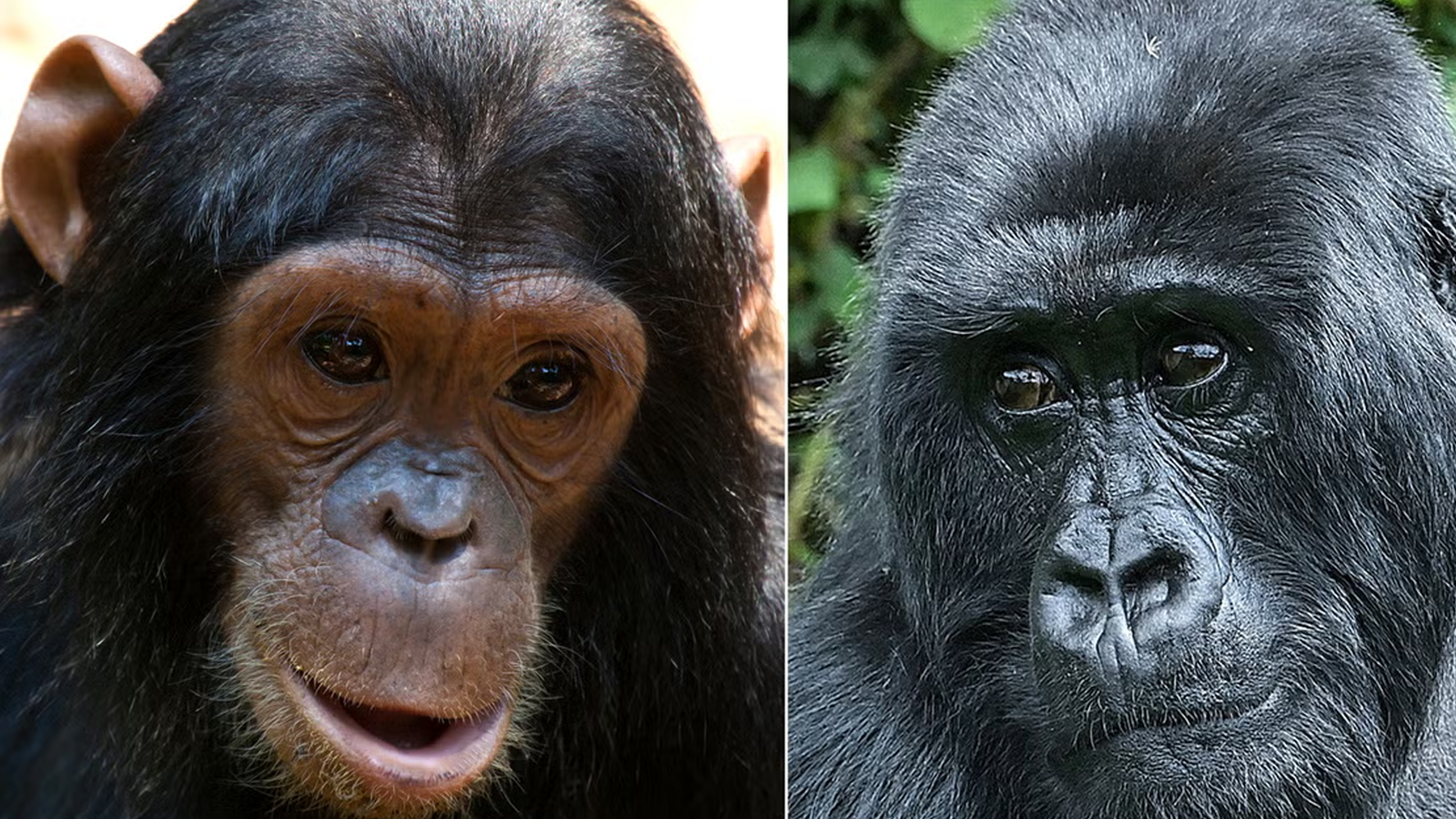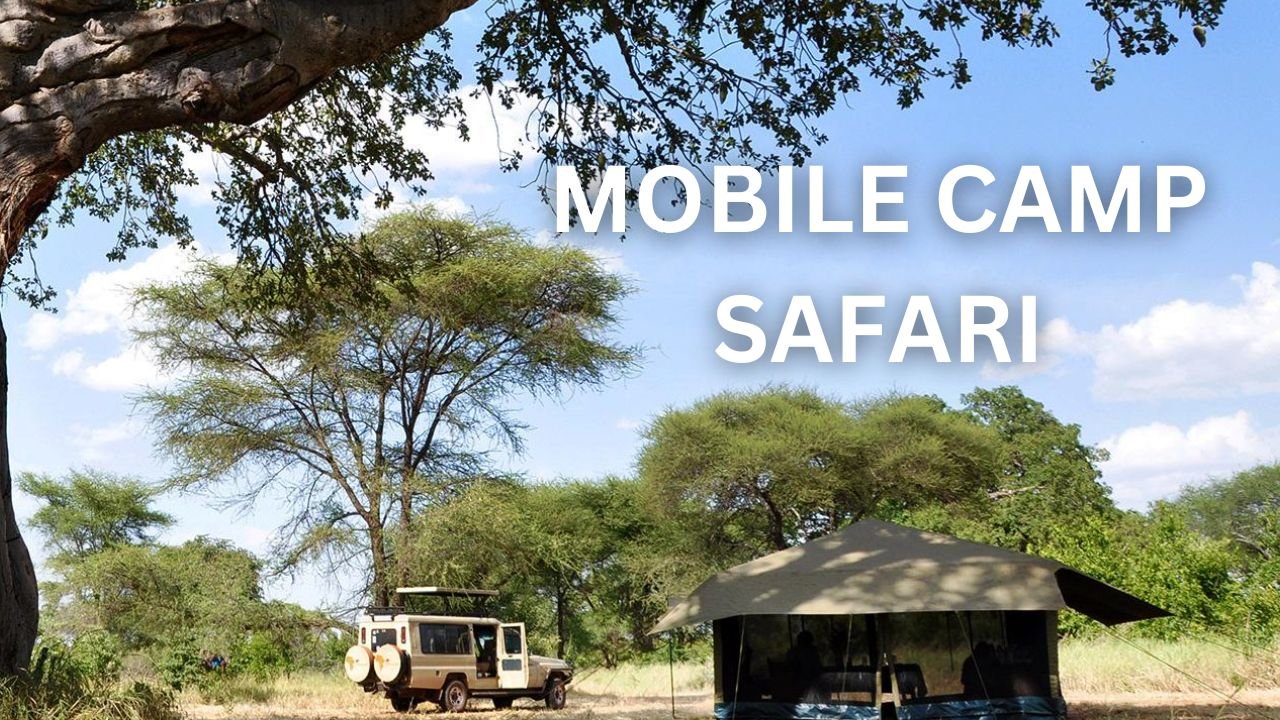Are you planning a cultural tour in Rwanda? If so, there’s much more to discover beyond its famous wildlife. Known as the “Land of a Thousand Hills,” Rwanda is one of Africa’s most captivating destinations. While gorilla trekking remains the top attraction, the country offers a diverse range of experiences, including mountain hiking, game drives, biking, nature walks, and cultural tours. Rwandan culture has been passed down through generations via ceremonies, language, storytelling, traditional attire, and a monarchy that has since been abolished.
Cultural Heritage in Rwanda

Before the 1994 genocide, some sought to highlight distinctions between the Hutu, Tutsi, and Twa populations. Historically, it was said that the Tutsi were primarily pastoralists, while the Hutu were cultivators. However, many of these distinctions were reinforced by colonial rule rather than deep-rooted cultural differences.
In reality, the Hutu and Tutsi share a common heritage, as seen in their traditions, way of life, and cultural similarities with neighboring communities.
Over the years, modernization, Western influences, intermarriages, and migration have transformed Rwanda’s way of life. During periods of unrest in the 1960s and 1990s, many Rwandans fled to neighboring countries, adopting a blend of cultural influences before returning home. In a bid to preserve Rwanda’s cultural heritage, both the government and local communities have invested in cultural sites that safeguard the nation’s traditions, values, and history.
Cultural Attractions in Rwanda

Rwanda’s cultural experiences include visits to genocide memorials, cultural villages, and artisan centers. These sites offer immersive experiences where visitors can engage with local communities, witness traditional dance performances, listen to folk songs, and hear stories about Rwanda’s former kingdoms.
Some notable cultural traditions among the Banyarwanda include:
- Storytelling & Proverbs: Elders would gather children around a fireplace to share riddles, folk tales, and wisdom.
- Naming Ceremonies: After childbirth, mothers traditionally stayed indoors for seven days before their child received a name in a communal ceremony.
In the upcoming chapters, we will explore major cultural sites and activities in Rwanda. You’ll notice that many of the country’s top attractions also incorporate cultural elements. For further details, check out our article on the top things to do in Kigali or explore our 1-day Kigali tour package for a deeper dive into Rwanda’s rich traditions.
Kigali Genocide Memorial
 This is arguably the most visited museum in Rwanda. Built-in memory of approximately 250,000 victims of the 1994 genocide, the museum is divided into three key sections: one dedicated to the children who perished, another for adults, and a third focusing on other genocides worldwide.
A visit to this museum provides insight into the events leading up to and following the genocide. The government aims for the memorial to serve as a lasting reminder of the atrocities committed, ensuring that future generations never allow such a tragedy to occur again.
This is arguably the most visited museum in Rwanda. Built-in memory of approximately 250,000 victims of the 1994 genocide, the museum is divided into three key sections: one dedicated to the children who perished, another for adults, and a third focusing on other genocides worldwide.
A visit to this museum provides insight into the events leading up to and following the genocide. The government aims for the memorial to serve as a lasting reminder of the atrocities committed, ensuring that future generations never allow such a tragedy to occur again.
National History Museum (Kandt House Museum)
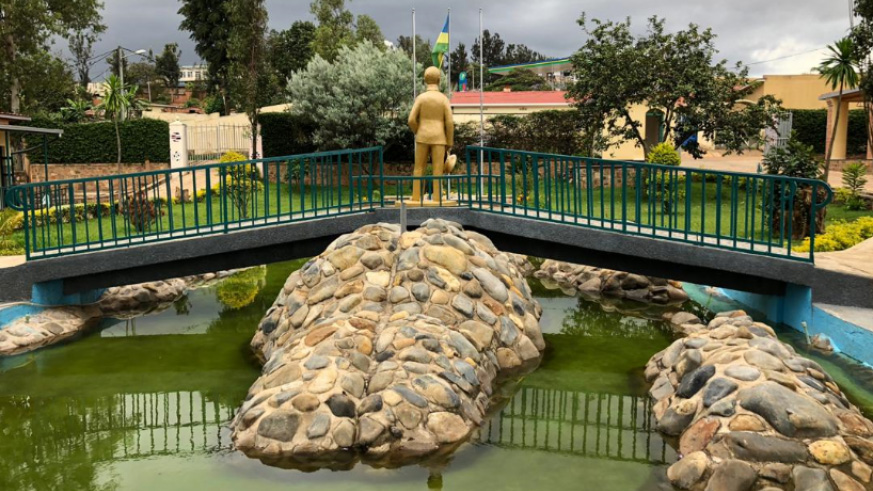 Formerly known as the Kandt House Museum, the National History Museum is a vital cultural and historical site in Rwanda. Originally named after Dr. Richard Kandt, the first German governor of Rwanda, it was the country’s first modern building. The museum has three main sections: pre-colonial Rwanda, life under colonial rule, and post-independence Rwanda. Visitors can explore rare photographs, including those from World War I, and exhibits showcasing the country’s wildlife, vegetation, and geological features.
Formerly known as the Kandt House Museum, the National History Museum is a vital cultural and historical site in Rwanda. Originally named after Dr. Richard Kandt, the first German governor of Rwanda, it was the country’s first modern building. The museum has three main sections: pre-colonial Rwanda, life under colonial rule, and post-independence Rwanda. Visitors can explore rare photographs, including those from World War I, and exhibits showcasing the country’s wildlife, vegetation, and geological features.
Kigali Fashion Week
 Kigali, Rwanda’s fast-growing capital, blends modernity with traditional Rwandan style. The city hosts two major fashion events each year: Kigali Fashion Week in July and Rwanda Cultural Fashion Week in September. These festivals attract top local and international designers. If you are in Kigali during these events, make time to attend and witness an incredible fusion of Rwandan and global fashion trends.
Kigali, Rwanda’s fast-growing capital, blends modernity with traditional Rwandan style. The city hosts two major fashion events each year: Kigali Fashion Week in July and Rwanda Cultural Fashion Week in September. These festivals attract top local and international designers. If you are in Kigali during these events, make time to attend and witness an incredible fusion of Rwandan and global fashion trends.
Nyanza Genocide Memorial
One of several genocide memorials across Rwanda, this site commemorates the approximately 10,000 victims buried in a mass grave. Nyanza was a significant killing ground during the genocide, where Queen Rosalie Gicanda, the last Queen of Rwanda, was among those murdered. She was later buried at the royal palace in Nyanza. The site frequently hosts annual genocide remembrance events.Banda Cultural Village
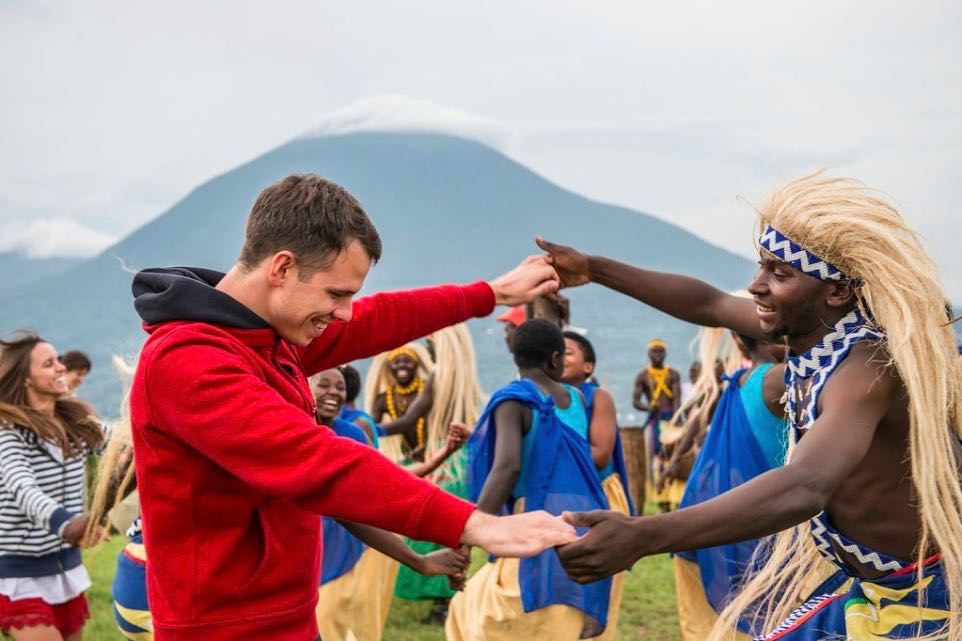 Situated within Nyungwe National Park, near Uwinka park offices, this cultural village provides a unique cultural experience. Visitors are welcomed by Intore dancers and guided through the village to observe traditional basket weaving and medicine-making. Tourists can participate in maize grinding and cooking traditional meals. Occasionally, visitors may witness a traditional wedding ceremony, adding to the immersive cultural experience.
Situated within Nyungwe National Park, near Uwinka park offices, this cultural village provides a unique cultural experience. Visitors are welcomed by Intore dancers and guided through the village to observe traditional basket weaving and medicine-making. Tourists can participate in maize grinding and cooking traditional meals. Occasionally, visitors may witness a traditional wedding ceremony, adding to the immersive cultural experience.
Kitabi Cultural Center
Located at the entrance of Nyungwe Forest National Park, this cultural site was chosen by the last King of Rwanda as his palace location. It remains one of the most visited cultural attractions in the country. The center features traditional huts and a reconstructed royal palace guarded by individuals dressed in traditional attire. Visitors can watch artisans craft handmade souvenirs, including baskets and beads.Gorilla Guardians Village
 Also called Iby’iwacu Cultural Village, this is Rwanda’s most visited cultural site due to its proximity to the Volcanoes National Park. Founded by a former park warden, the site provides employment for ex-poachers while promoting Rwanda’s rich culture. Visitors can experience traditional hunting demonstrations by Batwa pygmies, Intore dance performances, and Rwandan cooking lessons. Tourists can also dress like Rwandan royalty and learn about the community’s conservation efforts.
Also called Iby’iwacu Cultural Village, this is Rwanda’s most visited cultural site due to its proximity to the Volcanoes National Park. Founded by a former park warden, the site provides employment for ex-poachers while promoting Rwanda’s rich culture. Visitors can experience traditional hunting demonstrations by Batwa pygmies, Intore dance performances, and Rwandan cooking lessons. Tourists can also dress like Rwandan royalty and learn about the community’s conservation efforts.
Cultural Festivals
Rwanda hosts several cultural festivals throughout the year. “Umuganda” occurs on the last Saturday of each month, during which citizens participate in communal cleaning. “Kwita Izina,” held in October at Volcanoes National Park, is a naming ceremony for newborn mountain gorillas, attended by conservationists, politicians, and celebrities. “Ukwibuka” takes place every April, serving as a global remembrance day for victims of the 1994 genocide.The King’s Palace in Nyanza
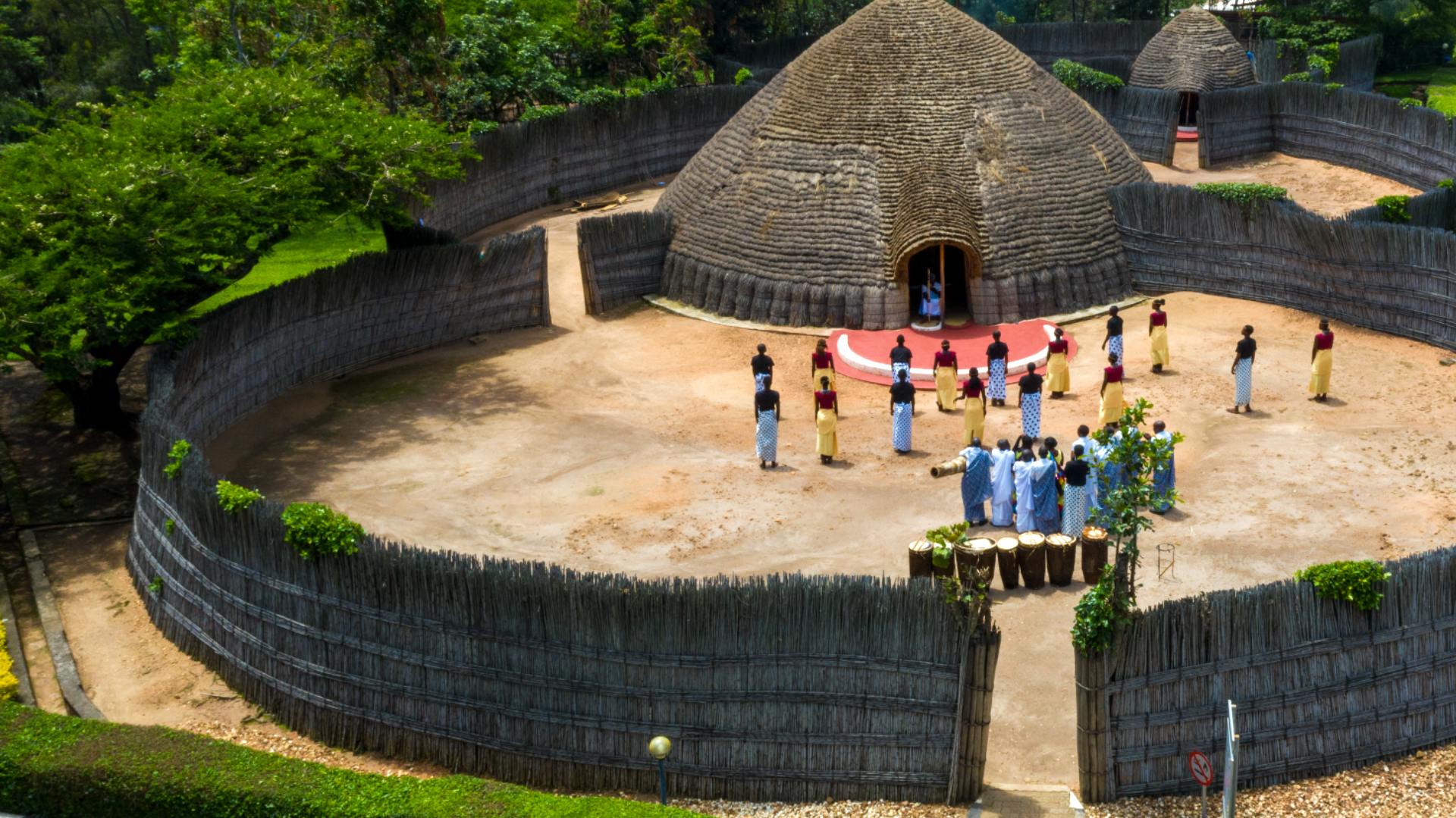 Located 88 kilometers from Kigali, this palace served as the residence of Rwanda’s pre-colonial kings. The monarchy struggled to maintain balance between the Tutsi and Hutu populations before its abolition. The palace was reconstructed by the government and features long-horned Inyambo cattle, which were once symbols of the monarchy’s wealth. Visitors can explore the milk house, royal brewers’ hut, and the burial site of Rwanda’s last king.
Located 88 kilometers from Kigali, this palace served as the residence of Rwanda’s pre-colonial kings. The monarchy struggled to maintain balance between the Tutsi and Hutu populations before its abolition. The palace was reconstructed by the government and features long-horned Inyambo cattle, which were once symbols of the monarchy’s wealth. Visitors can explore the milk house, royal brewers’ hut, and the burial site of Rwanda’s last king.

